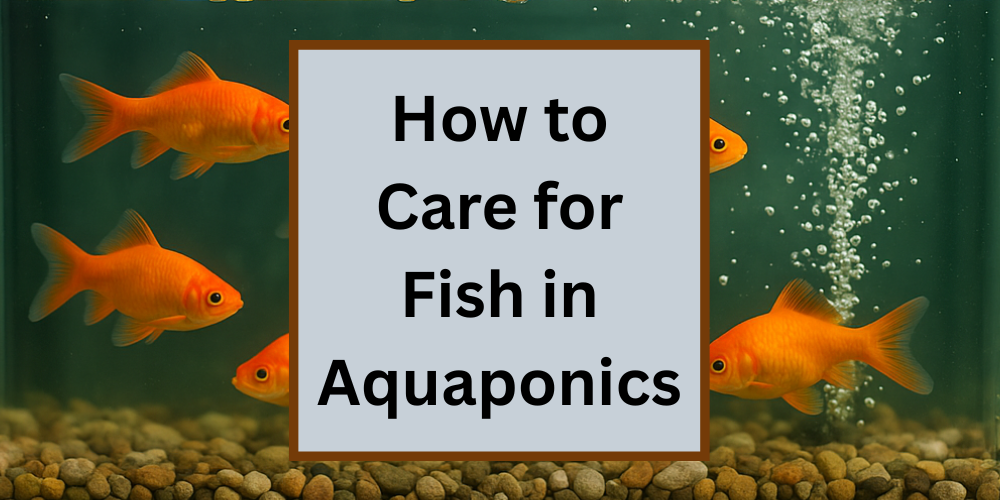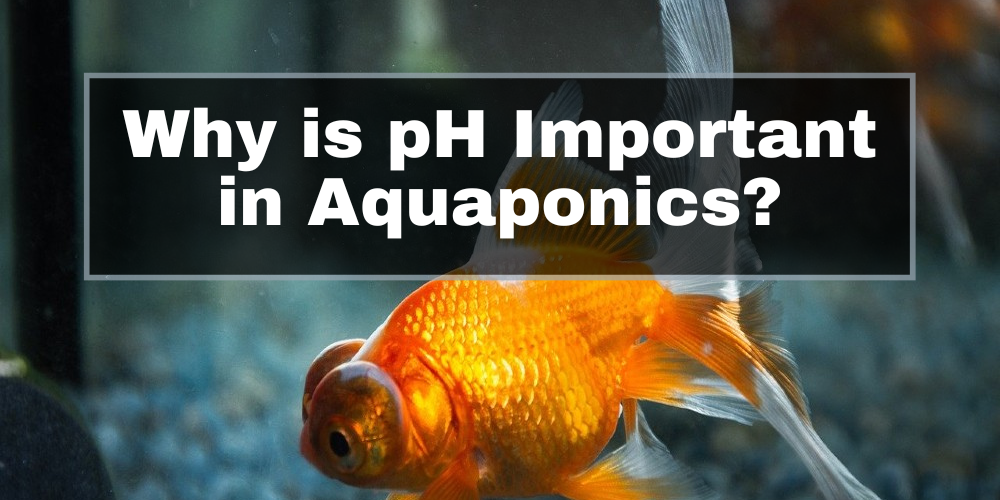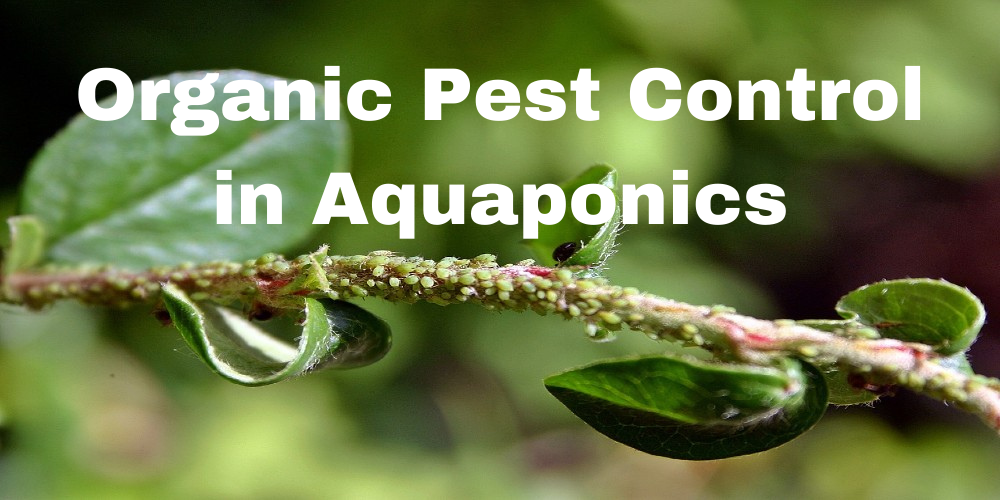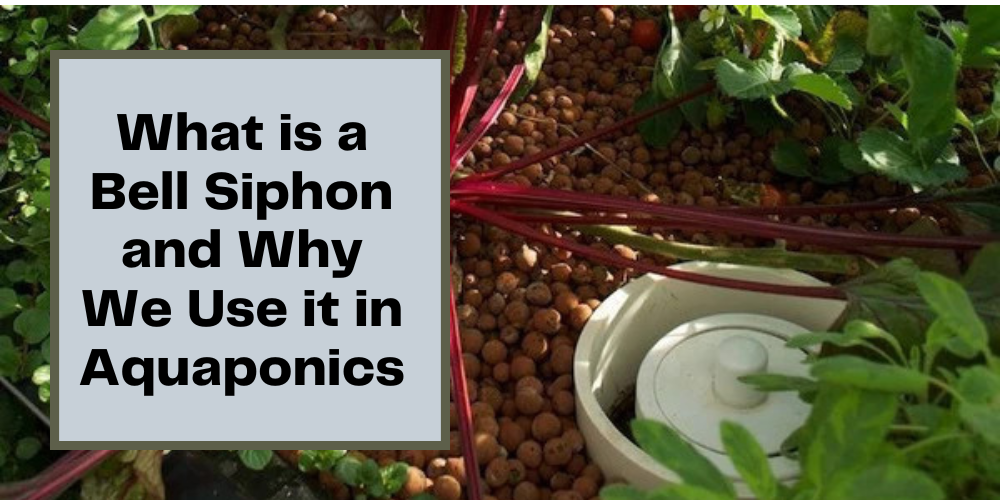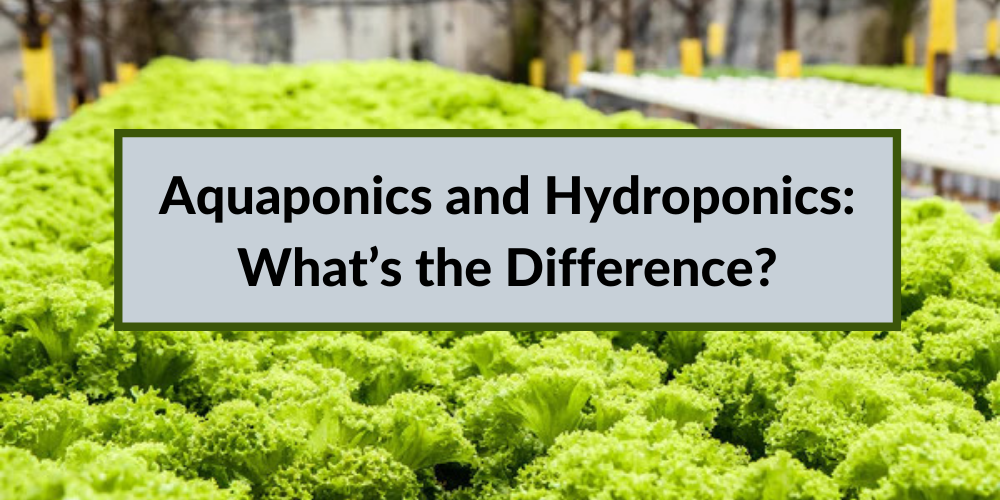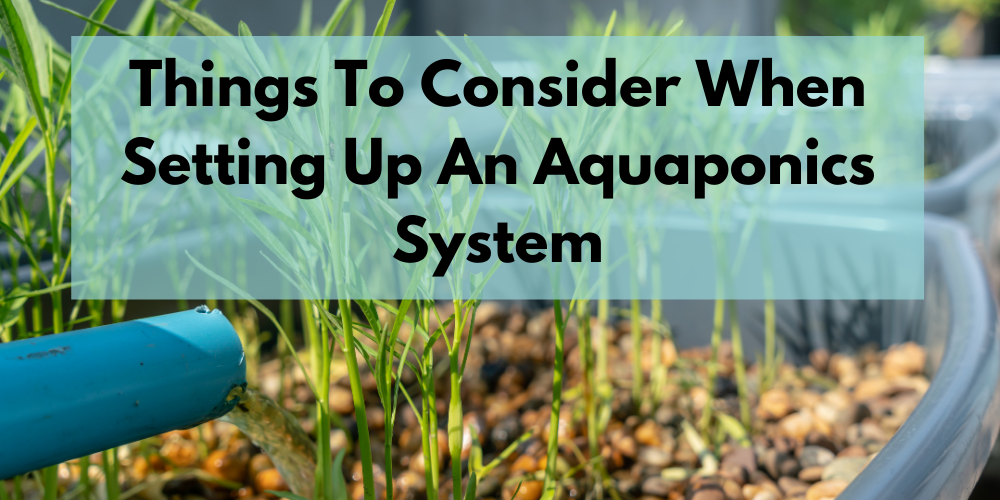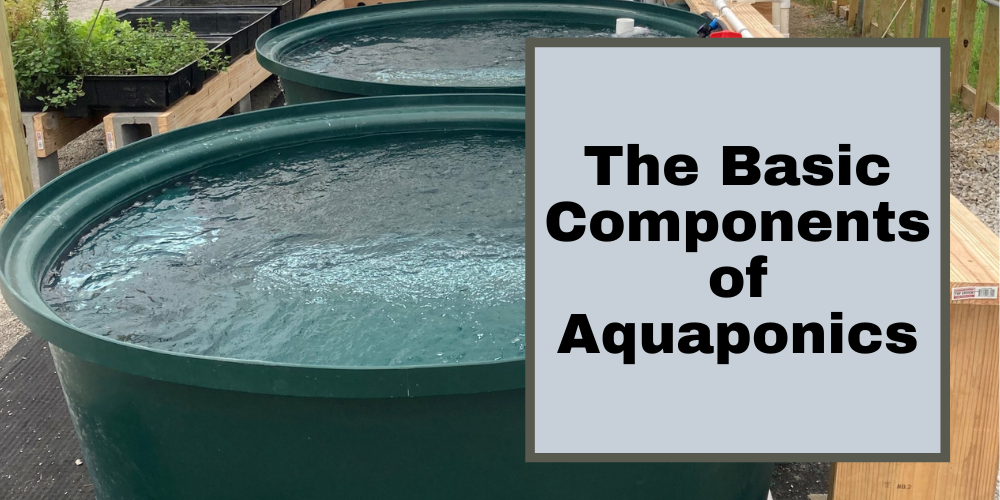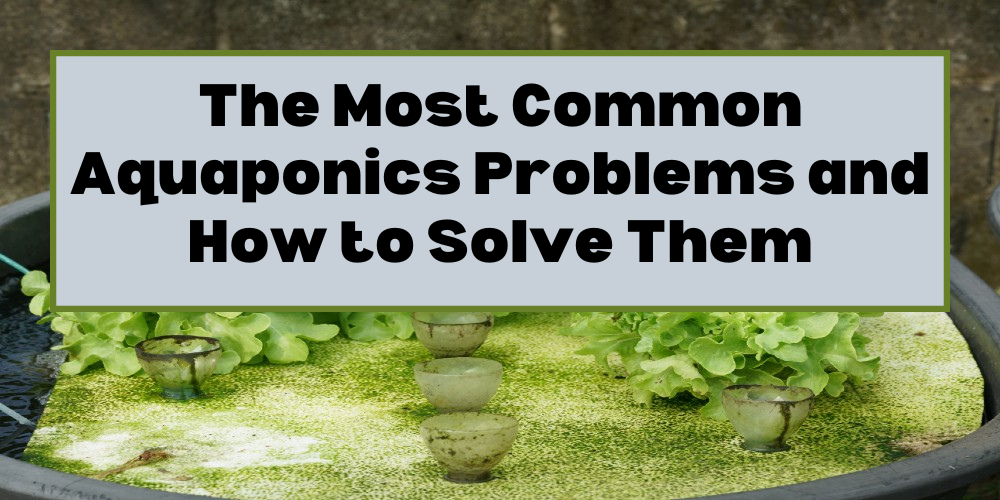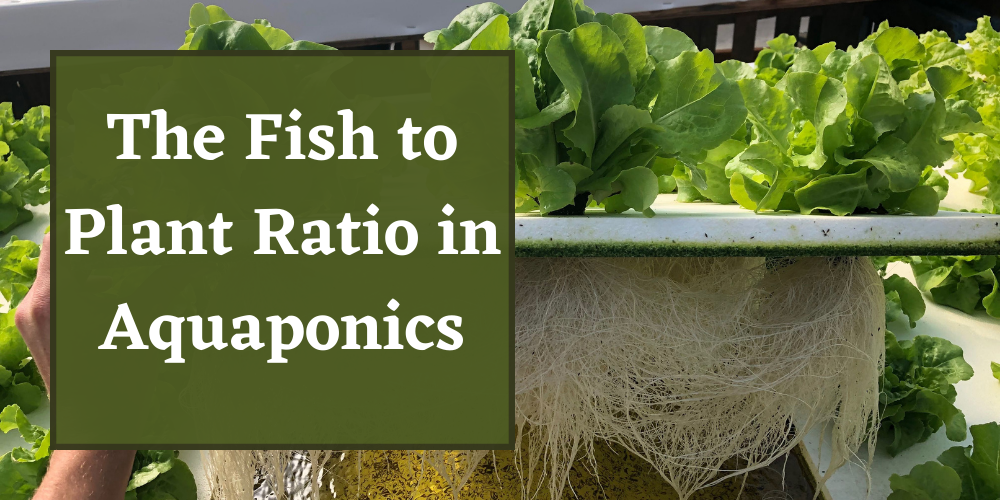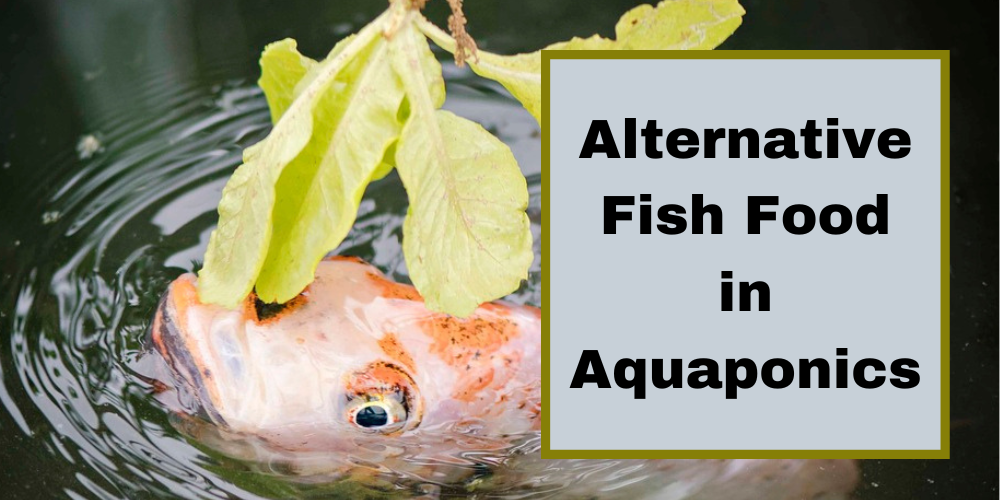Go Green Aquaponics Blog
Caring for fish is a vital part of maintaining a healthy aquaponics system. From choosing the right species to monitoring water quality, this guide covers the basics to help your fish thrive and keep your system balanced.
- December 16, 2025
Discover how to grow fresh veggies and raise fish sustainably with aquaponics! This beginner’s guide covers how it works, setup essentials, the best fish and plants, and maintenance tips to help you start your own thriving system.
- December 16, 2025
pH is the heartbeat of every aquaponics system. Learn how to balance it for healthy fish, strong plants, and a thriving ecosystem—without confusion.
- December 16, 2025
Learn how to raise koi fish in an aquaponics system with this comprehensive guide. Discover tips on system setup, fish care, troubleshooting, and the benefits of sustainable aquaponics farming.
- December 16, 2025
Discover how to protect your aquaponics system from harmful pests using safe and natural methods. Our guide covers a range of organic pest control techniques, from companion planting to introducing beneficial insects, to help you maintain a healthy and thriving ecosystem without the use of harmful chemicals.
- December 16, 2025
One of the first questions that comes to mind to any aquaponic beginner is, does aquaponics really work? This question is quite tricky, but most, if not all, aquaponics systems produce optimal yield when they are properly planned and maintained. Here are some tips on what you can do to maintain the proper conditions of your aquaponics system for it to be successful and produce a higher yield.
- December 16, 2025
Choosing the right water pump can make or break your aquaponics system. In this beginner-friendly guide, you'll learn exactly how a pump supports healthy plants and fish, what features to look for, and how to avoid the most common mistakes.
- December 16, 2025
Learn the critical role that biofilters play in maintaining healthy and balanced aquaponics systems. This guide explains what biofilters are, how they work, and why they are essential for removing harmful ammonia and nitrite from the water system.
- December 16, 2025
A bell siphon automates water flow in media-based or flood-and-drain aquaponics systems, eliminating the need for timers or electricity. This guide covers how it works, its benefits, DIY setup, and troubleshooting tips to optimize your system for healthier plant growth.
- December 16, 2025
Discover the best aquaponics systems for beginners and experts! Explore types, benefits, pros & cons, and top-rated recommendations to grow plants and fish sustainably.
- December 16, 2025
Discover how to optimize lighting for your aquaponics system. Learn about light types, plant growth needs, energy-efficient solutions, and tips for maintaining a balanced ecosystem. Perfect for sustainable growers!
- December 16, 2025
Discover the key differences between aquaponics and hydroponics, two innovative farming techniques revolutionizing modern agriculture. Learn about their benefits, complexities, and which system might be the best fit for your sustainable growing needs.
- December 16, 2025
- December 16, 2025
Learn how to set up and maintain a thriving aquaponics system with our comprehensive guide. Discover tips on choosing the right fish and plants, balancing your ecosystem, troubleshooting common issues, and ensuring long-term success. Perfect for beginners and enthusiasts alike!
- December 16, 2025
Unlock the secrets of aquaponics and revolutionize your approach to food production. Explore its components, benefits, and sustainability in this comprehensive guide.
- December 16, 2025
Explore effective strategies for troubleshooting common problems in aquaponics, from water quality management to pest control. Learn how proactive monitoring, regular maintenance, and continuous education can help you maintain a thriving and sustainable aquaponics system.
- December 16, 2025
Learn how to achieve the perfect fish-to-plant ratio in aquaponics for optimal growth and sustainability. Explore factors to consider, calculation methods, and tips for maintaining balance in your aquaponics system.
- December 16, 2025
Explore sustainable aquaponics by using alternative fish food. Discover the cost-effective and environmentally friendly options for enhancing fish health and reducing reliance on commercial fish food.
- December 16, 2025



